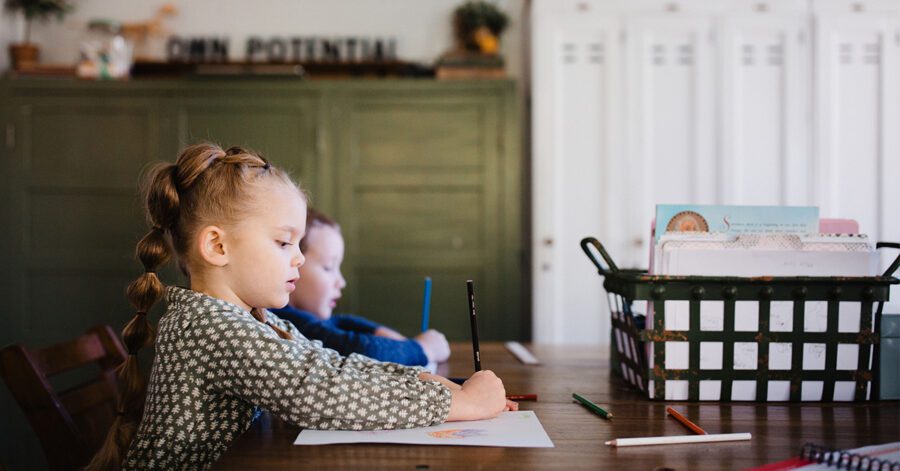Defined as “the difference in academic performance between different ethnic groups” by the U.S. Department of Education, the achievement gap reveals inequality among students. These inequalities include difference in income, time, resources, family backgrounds, values, educational motivation and school choice. Those on the front lines of advocating for the gap to be closed claim that the deficiencies in academic performance and proficiency are strongest in African American, Latino, and Native American students. This is seen as a problem because Latino, African American, and other students of color make up 50.3% of K-12 Students in the U.S.
Also called the opportunity gap, educators are seeking to address this problem by allowing all students to run the race towards college and career on the same terrain and staring at the same line. Parental income to pay for preschool, take off work, sign kids up for extracurricular activities and hire tutors are seen as massive advantages that not every student has. It is argued that if these resources were available to every student, children today would be better prepared for college and career–and as a result would ultimately make more money.
The Achievement Gap – Public School vs. Homeschooling
The achievement gap is clearly identified in public schools. However, despite efforts from No Child Left Behind and Common Core curriculum, no noticeable improvements have been made in the last 50 years. However, a study published by the Home School Legal Defense Association (HSLDA) claims that the achievement gap is significantly smaller within homeschooling communities. In fact studies show that within homeschooling the parent’s income level or income does not matter. Achievement gaps are hardly found among homeschoolers.
Homeschooled students in varying household incomes still tested in the top percentiles:
- $34,999 or less—85th percentile
- $35,000–$49,999—86th percentile
- $50,000–$69,999—86th percentile
- $70,000 or more—89th percentile
Regardless of the educational level of the parents, homeschooled students also tested highly above the national average:
- Neither parent has a college degree—83rd percentile
- One parent has a college degree—86th percentile
- Both parents have a college degree—90th percentile
Thus, homeschooling appears to be accomplishing what public schools have been failing at for years – closing the achievement gap, educating students to a high level and guiding them toward a thriving career. As the president of HSLDA, Michael Smith, said, “Homeschooling is a rapidly growing, thriving education movement that is challenging the conventional wisdom about the best way to raise and educate the next generation.”




